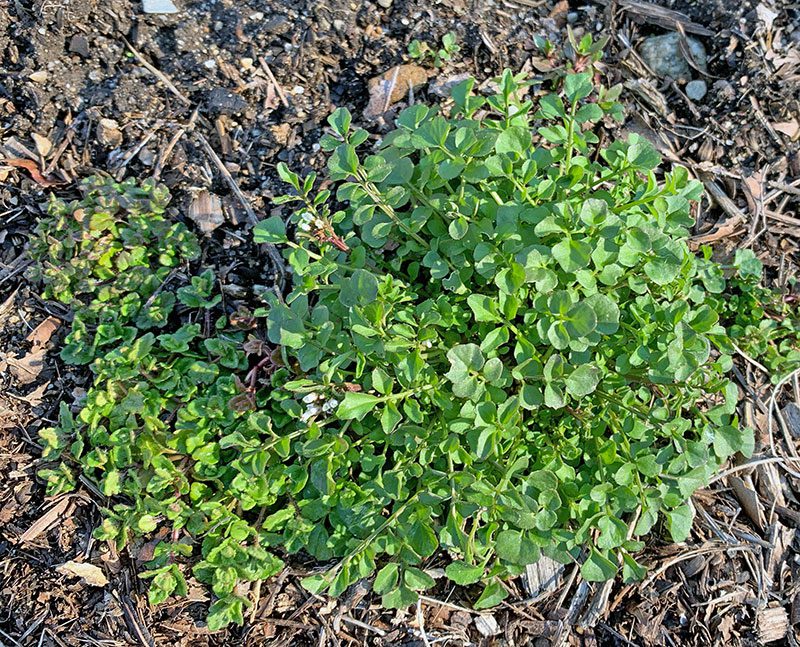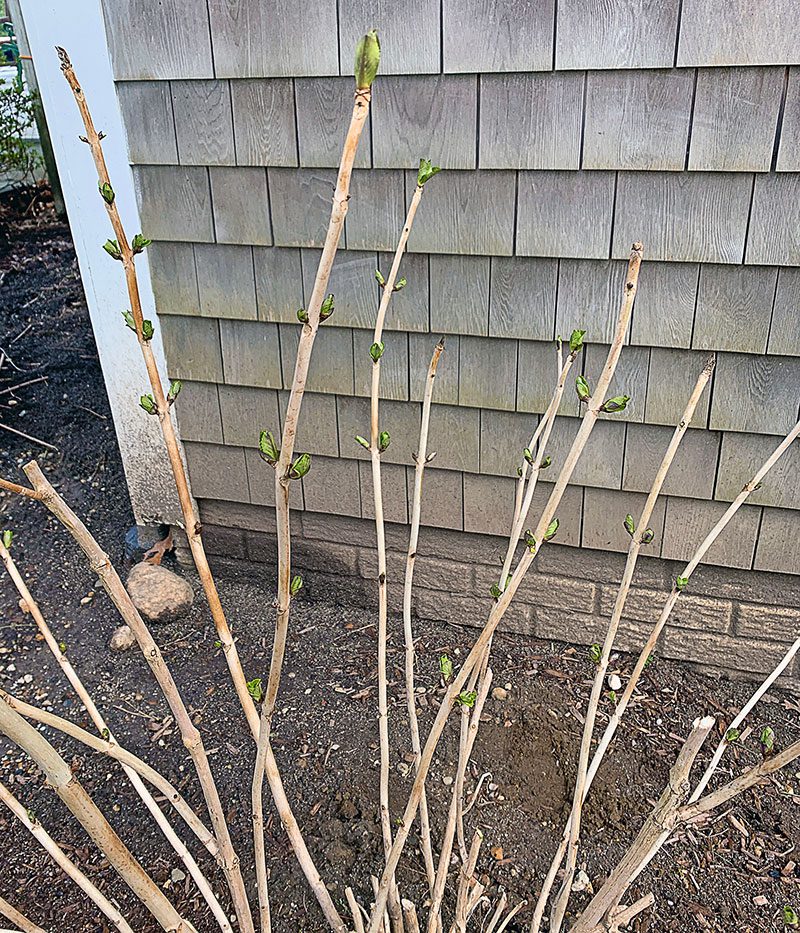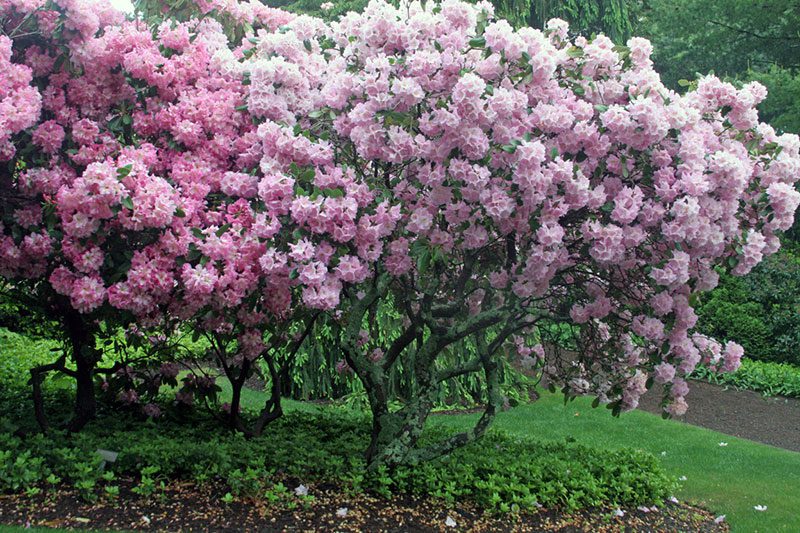Your Yard & Garden This Week
Your Yard & Garden This Week
As the days get warmer (thankfully!) and we’re still hunkering down to avoid social contact, many are finding exercise and satisfaction by working in their yards. As one man said to me, “I haven’t seen this many people out raking in their yards for years.” In addition to raking, there are a few things that are going on in the landscape.
What are all these little weeds?
Last fall and over the winter weed seeds were busy germinating. Now, those “winter weeds” are flowering and very noticeable. With the exception of dandelions, which can live from year to year, most of the winter weeds are annuals. For this reason, it’s good to pull them where you can before they go to seed.



Is it too early to prune blue hydrangeas?
The short answer is yes. Although this is an “early spring” and warmer than usual, April is always a wildcard on Cape Cod. The good news is that right now many Hydrangeas are looking like the buds on the canes came through the winter just fine. But if we have a cold snap, or worse, a hard freeze, in April, those could be destroyed. Additionally, some shrubs haven’t yet woken up, and it’s impossible to know if their buds are alive or not. So the percentage play is to wait to prune them until sometime in May. You can download the handout about how to prune your mophead and lacecap hydrangeas here.

How about my large Rhododendrons?
The best handout about how to handle large Rhododendrons was written by the late Cass Turnbull, the founder of Plant Amnesty in Washington State. You can download it here. But one of the best options if the shrub isn’t in your foundation bed is to make them into small trees by pruning limbs from the ground up, exposing the trunks.

Enjoy being out in your yard and garden, and let us know how we can help. We continue to deliver plants and products, and the store and nursery are open regular hours, with inside and curbside pickup.
Subscribe To Our Newsletter
Sign up for our weekly email about sales and events.
